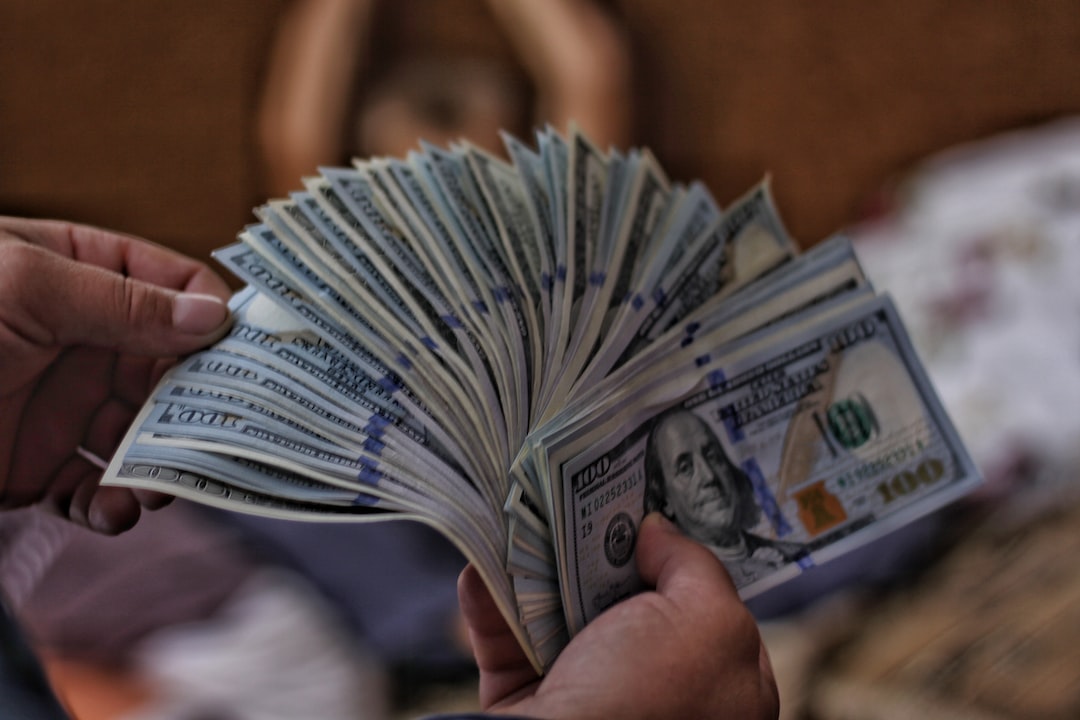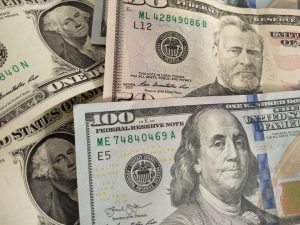Forex reserves refer to the foreign currency deposits and bonds held by a country’s central bank or monetary authority. These reserves are used to stabilize the exchange rate and meet the country’s external obligations. India’s forex reserves have been on a steady rise in the past decade, and currently, it stands at over $600 billion. In this article, we will explore the factors that contribute to India’s forex reserves increase.
1. Exports
India is a major exporter of goods and services, and it earns a significant amount of foreign exchange through exports. The country’s major exports include petroleum products, gems and jewelry, textiles, engineering goods, and chemicals. As a result of the strong export performance, India has been able to accumulate foreign exchange reserves.
2. Foreign Direct Investment (FDI)
Foreign Direct Investment (FDI) is another significant contributor to India’s forex reserves. FDI refers to the investment made by a foreign company in a domestic company or setting up a new business in the country. FDI inflows increase the foreign exchange reserves as the foreign company brings in foreign currency to invest in the domestic market.
3. Foreign Portfolio Investment (FPI)
Foreign Portfolio Investment (FPI) is another important source of foreign exchange inflows. FPI refers to the investment made by foreign investors in the Indian equity and debt markets. The FPI inflows are volatile and depend on the global economic conditions and the investor sentiment towards emerging markets. However, India has been able to attract a significant amount of FPI inflows in recent years, which has helped to increase the forex reserves.
4. Remittances
Remittances refer to the money sent by Indian workers abroad to their families back home. India is the largest recipient of remittances in the world, and it receives over $80 billion every year. The remittance inflows increase the foreign exchange reserves as the money is received in foreign currency.
5. Forex Intervention
The Reserve Bank of India (RBI) intervenes in the forex market to stabilize the exchange rate and prevent excessive volatility. The RBI buys or sells foreign currency in the market to maintain the exchange rate within a certain range. The forex intervention leads to an increase in the forex reserves as the RBI accumulates foreign currency.
6. External Commercial Borrowings (ECBs)
External Commercial Borrowings (ECBs) refer to the loans taken by Indian companies from foreign lenders. The ECB inflows increase the foreign exchange reserves as the loans are received in foreign currency.
7. Strategic Reserves
India has been building strategic reserves of crude oil and gold to ensure energy security and hedge against inflation. The strategic reserves are held in foreign currency, and their accumulation contributes to the increase in the forex reserves.
In conclusion, India’s forex reserves have been increasing due to a combination of factors, including strong exports, FDI and FPI inflows, remittances, forex intervention, ECBs, and strategic reserves. The increase in forex reserves has helped India to maintain a stable exchange rate, meet external obligations, and improve its creditworthiness in the global markets. However, it is important to note that forex reserves alone cannot guarantee economic stability, and India needs to pursue structural reforms and sustainable growth policies to achieve long-term economic growth and development.





